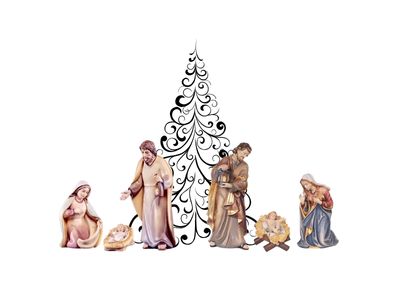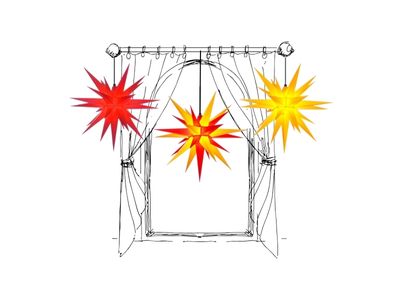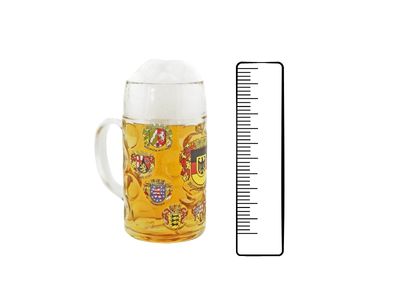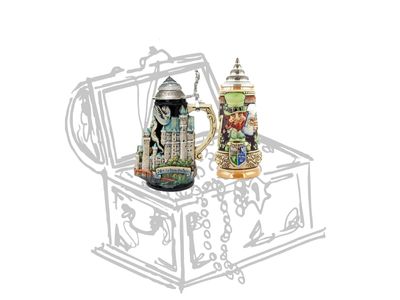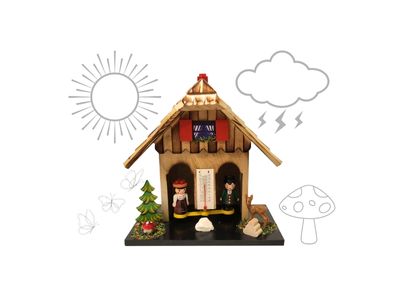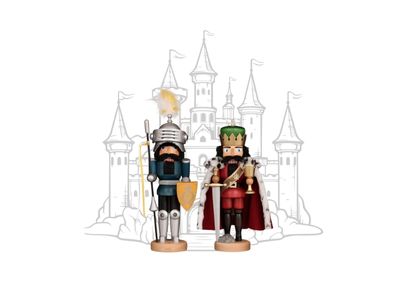Cuckoo Clock FAQs
Cuckoo Clocks - People Also Ask...
We've covered the most important cuckoo clock questions in the Cuckoo Clock Buying Guide,but over the years we have encountered a LOT of questions while talking to customers in our German Gift Store as well as through this website. Below is a list of questions people have also asked about cuckoo clocks before they chose their own.
~ Already have a clock that is making you cuckoo? Visit the Cuckoo Clock Help and Trouble Shooting section for instructions and videos ~
If your question still hasn't been answered, please Contact Us! We might even add your cuckoo clock question to the list!
If you're ready to begin shopping, jump to the Cuckoo Clock Start Page!
Common Cuckoo Clock Questions
What makes Black Forest cuckoo clocks special?
Every authentic Black Forest cuckoo clock is handmade in Germany using traditional carving and clockmaking techniques passed down for generations. Only clocks certified by the Black Forest Clock Association (VdS) carry the official seal of authenticity.
Are all of your cuckoo clocks made in Germany?
Yes. Every cuckoo clock we offer is handcrafted in the Black Forest region of Germany and comes with a certificate of authenticity.
What is the difference between a 1-day and an 8-day cuckoo clock movement?
A 1-day movement requires winding once a day, while an 8-day movement only needs winding once a week. Both run on traditional weights and chains.The difference is how often you’ll need to pull the chains to keep it running.




